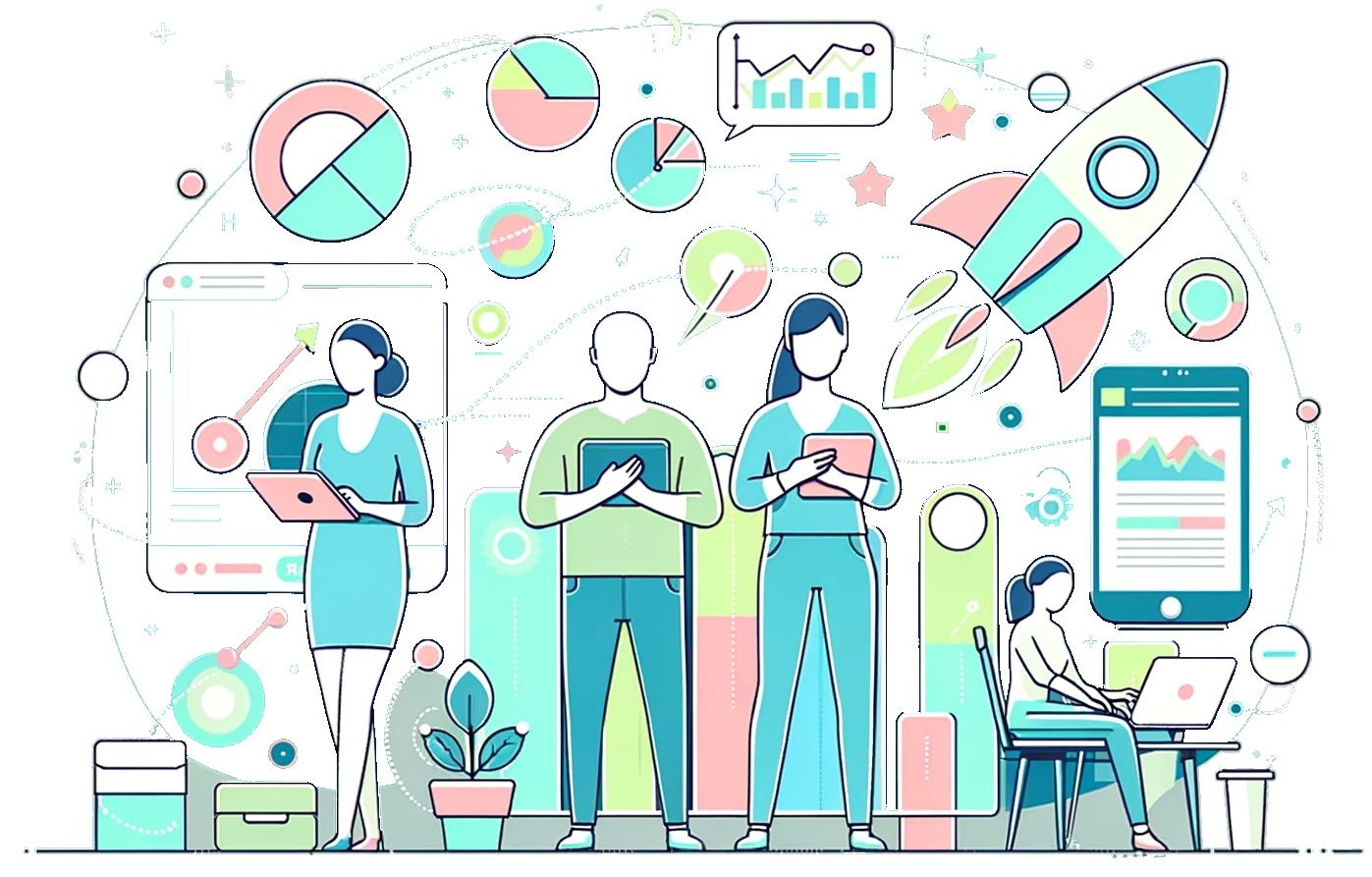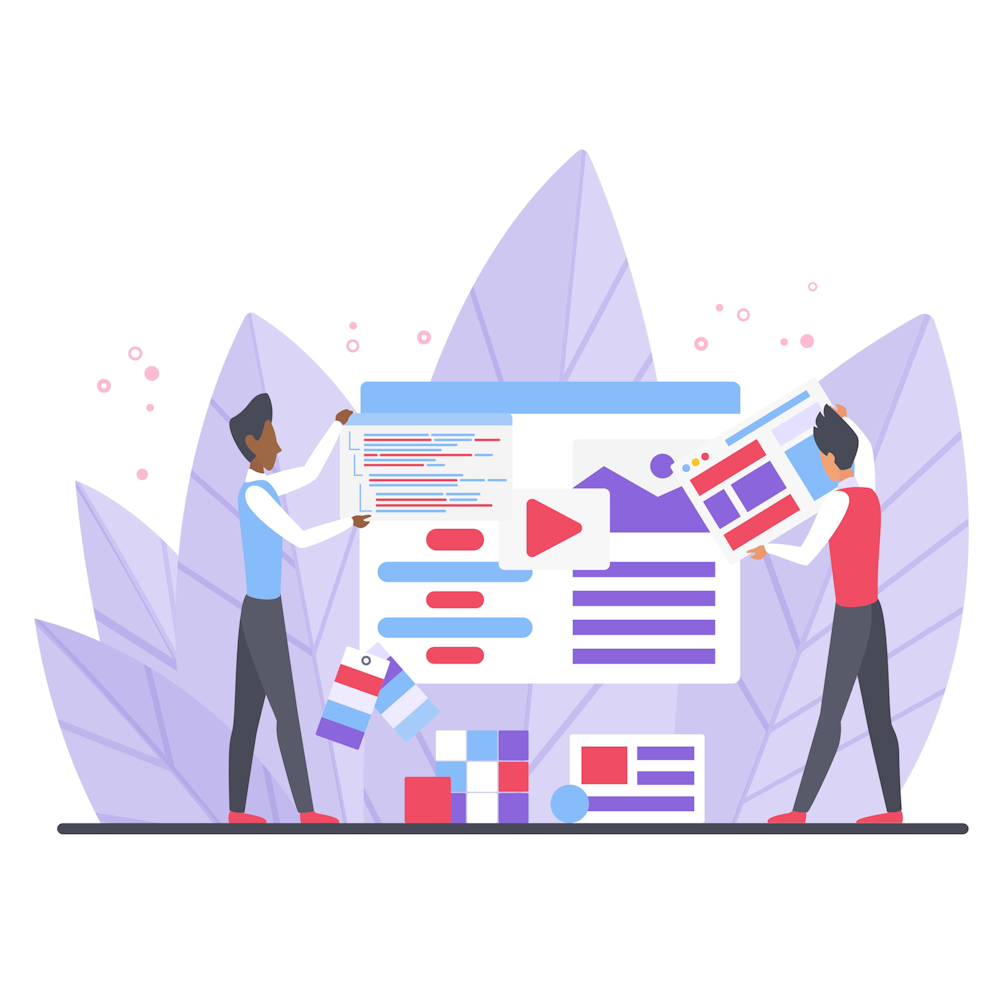Understanding the Different Types of Gamification Mechanics
Gamification is a powerful strategy that leverages game mechanics to engage and motivate users in non-game contexts. By incorporating elements such as points, badges, leaderboards, and challenges, businesses can enhance user experiences and drive desired behaviors. In this article, we will explore the various types of gamification mechanics and their applications in digital marketing.
1. Points and Rewards
Points and rewards are fundamental gamification mechanics that tap into our innate desire for achievement and recognition. By assigning points for completing specific actions or reaching milestones, businesses can encourage users to actively participate and progress. Rewards such as virtual badges, unlockable content, or discounts provide additional incentives for users to engage with the brand or product.
2. Leaderboards and Competition
Leaderboards introduce an element of competition by displaying rankings based on user performance. They create a sense of challenge and inspire users to outperform others. By leveraging leaderboards, brands can foster a community of engaged users, driving them to continually improve their performance and stay connected to the platform.
3. Quests and Challenges
Quests and challenges add excitement and a sense of adventure to the user experience. By presenting users with specific tasks or missions, businesses can create a narrative that drives engagement. As users complete quests and overcome challenges, they receive a sense of accomplishment and progress, leading to increased motivation and loyalty.
4. Progression and Levels
Progression and leveling mechanics provide users with a clear sense of advancement. By dividing activities or content into levels, businesses can guide users through a structured journey. As users progress and unlock new levels, they feel a sense of mastery and are motivated to continue engaging with the brand or platform.
5. Social Interaction and Collaboration
Gamification mechanics can also facilitate social interaction and collaboration among users. By incorporating features such as chat, forums, or multiplayer challenges, businesses can encourage users to connect and engage with each other. This fosters a sense of community and enhances the overall user experience.
6. Personalization and Customization
Personalization and customization mechanics allow users to tailor their experiences based on their preferences and interests. By providing options to customize avatars, themes, or content recommendations, businesses can create a sense of ownership and make the experience more relevant and engaging for users.
7. Feedback and Progress Tracking
Feedback and progress tracking mechanics provide users with continuous feedback on their performance and progress. By offering real-time feedback, businesses can motivate users to improve and stay engaged. Progress tracking, such as progress bars or achievement trackers, visually represent users’ advancement, further enhancing their sense of accomplishment.
Summary and Suggestions
In conclusion, gamification mechanics offer a powerful tool for digital marketers to engage and motivate their audience. By implementing points and rewards, leaderboards, quests and challenges, progression and levels, social interaction and collaboration, personalization and customization, as well as feedback and progress tracking, businesses can create immersive and rewarding experiences. Explore our website for more insightful articles on digital marketing strategies and techniques!


